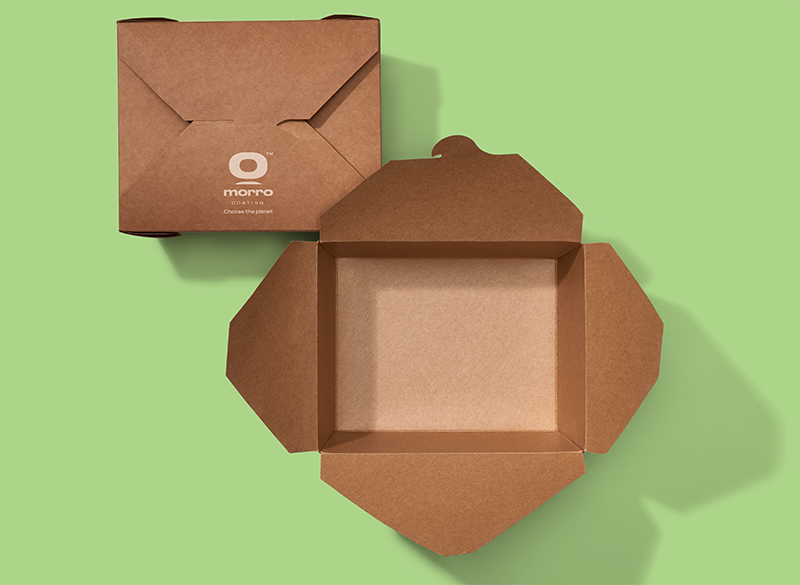MATERIALS tech company Xampla has announced its plastic-free Morro Coating has achieved a recyclability score of 87/100 following ‘rigorous testing’ conducted by DS Smith in collaboration with 4evergreen (4EG).
The testing is based on the 4EG Recyclability Evaluation Protocol and provides an assessment of how well materials perform in typical recycling processes.
Xampla said the results confirmed that a 275 gsm kraft board coated with 6 gsm of Morro Coating is suitable for recycling at standard mills in the UK, performing well without any re-pulpability issues.
Paperboard with Morro Coating’s overall recyclability score of 87/100 reflects its ‘strong performance’ across several key categories:
- Yield Evaluation: Best in Class – Morro Coating achieved a yield score of 92/100, placing it in the top tier for recoverable fibrous material. This score proves that Morro Coating poses no repulpability challenges for recycling mills.
- Sheet Adhesion: Level 1 – The material earned the highest adhesion rating, showing no signs of tacky impurities, a common issue in the paper production process.
- Visual Impurities: Level 2 –Morro Coating does not compromise the optical quality of recycled pulp in standard mills, showing only minor visual impurities which are acceptable.
Morro Coating is described as a ‘world-first’ plastic-free coating made from plant protein, offering a biodegradable and recyclable solution. The material is a natural polymer alternative that is exempt from the EU Single-Use Plastics Directive (SUPD).
The recyclability evaluation protocol, developed by 4evergreen, helps understand how fibre-based packaging behaves in recycling environments.
Marc Rodriguez-Garcia, chief technology officer at Xampla, said, “Achieving such a high recyclability score confirms the value that Morro Coating brings to the industry and to the environment. As brands look to future-proof their products and meet sustainability goals, our coating provides a viable alternative to plastic.
“Our partners benefit from the grease, water, and oxygen barrier performance, as well as heat-sealability properties that consumers need, all while ensuring the end product can be recycled within existing systems.”














